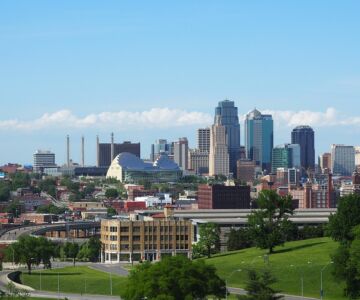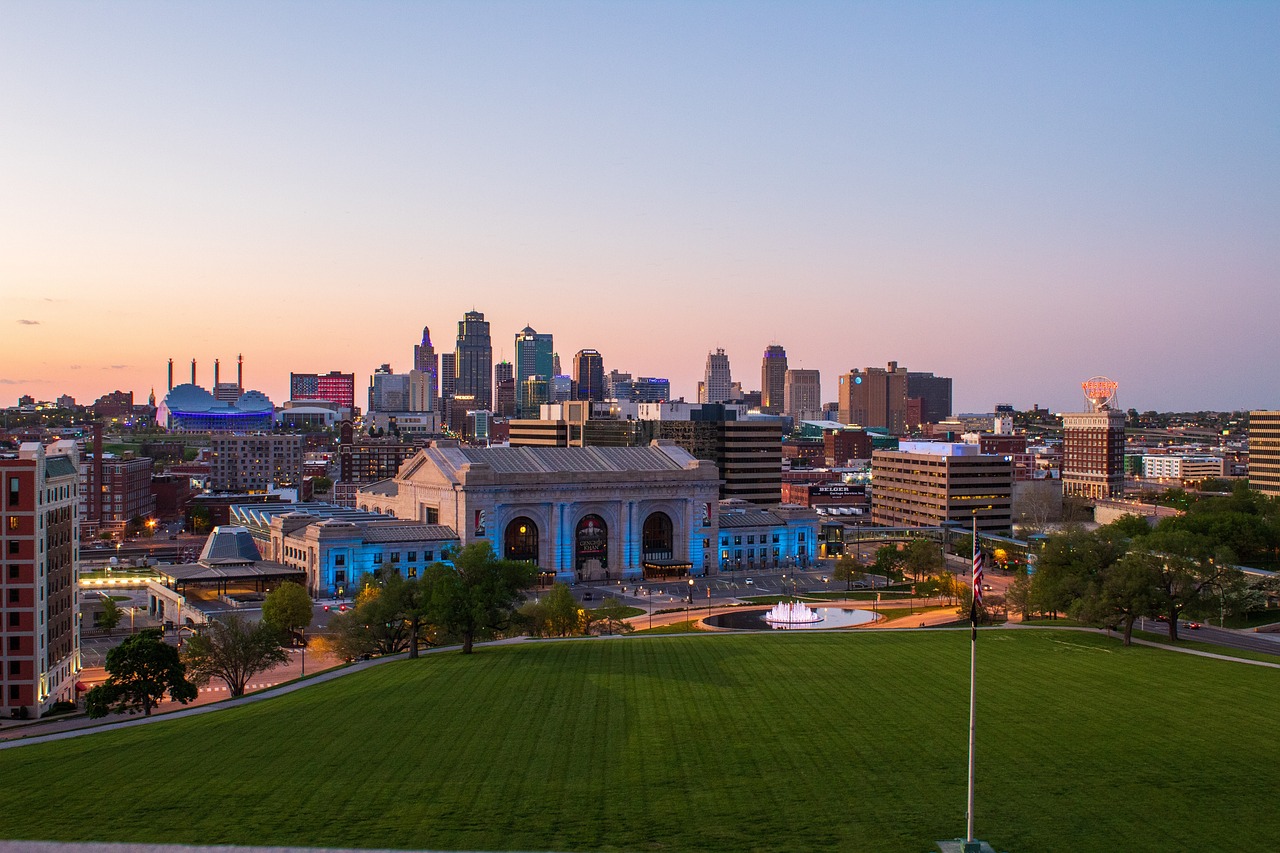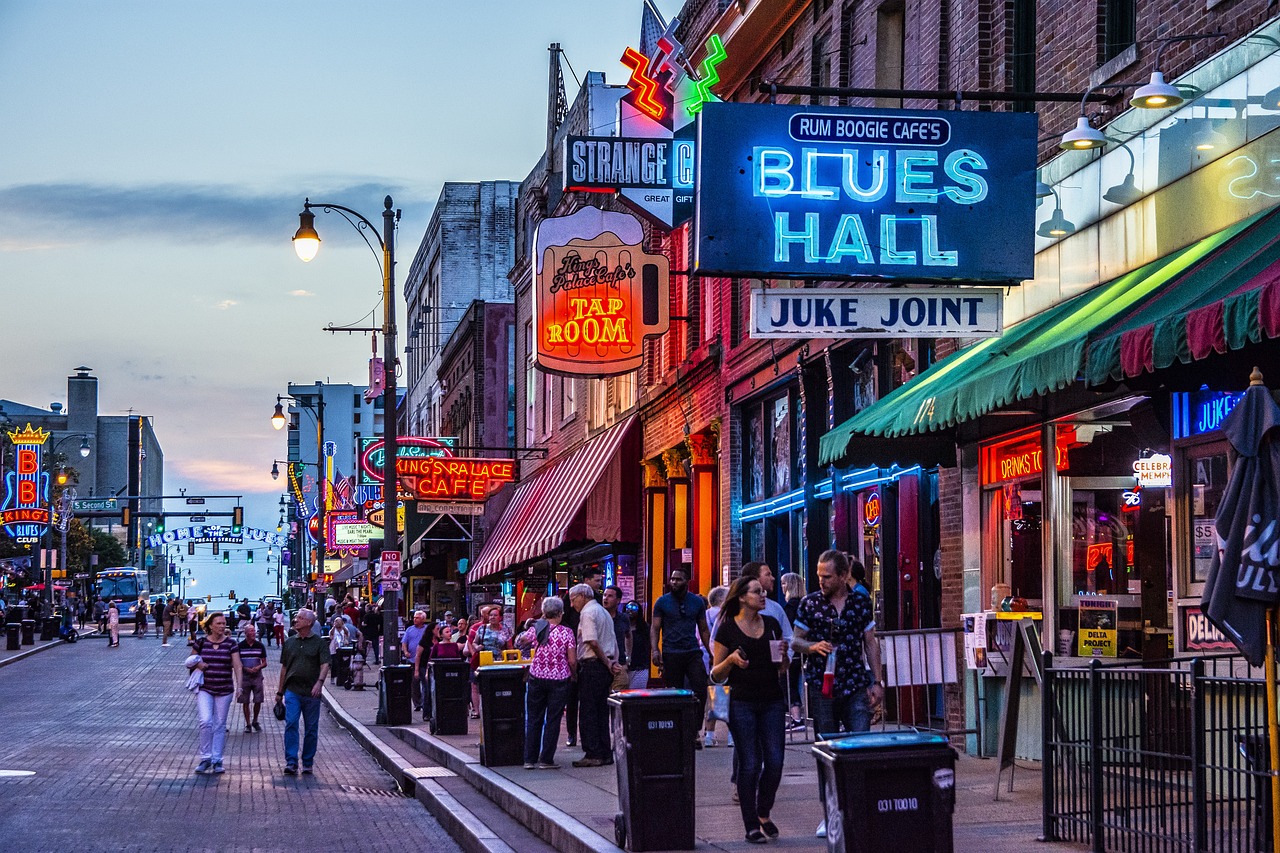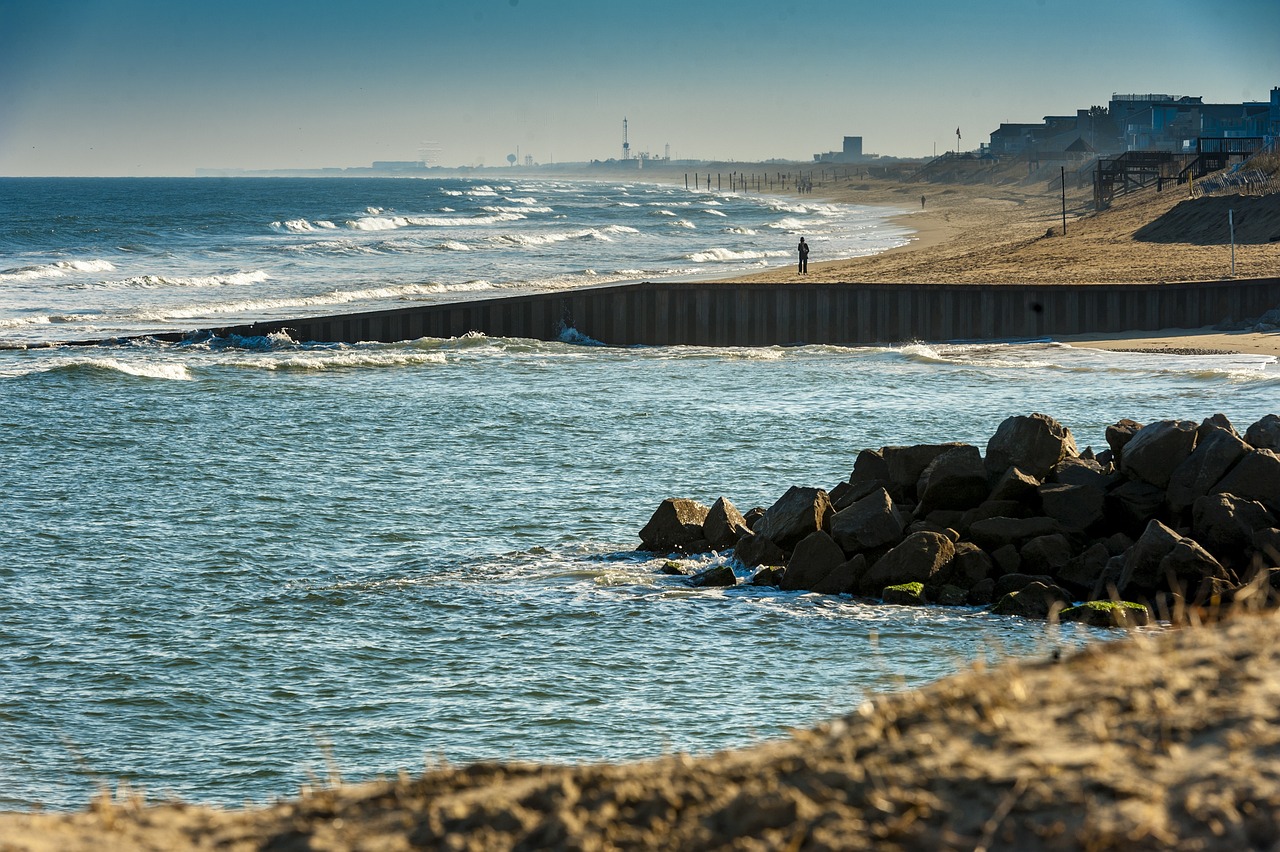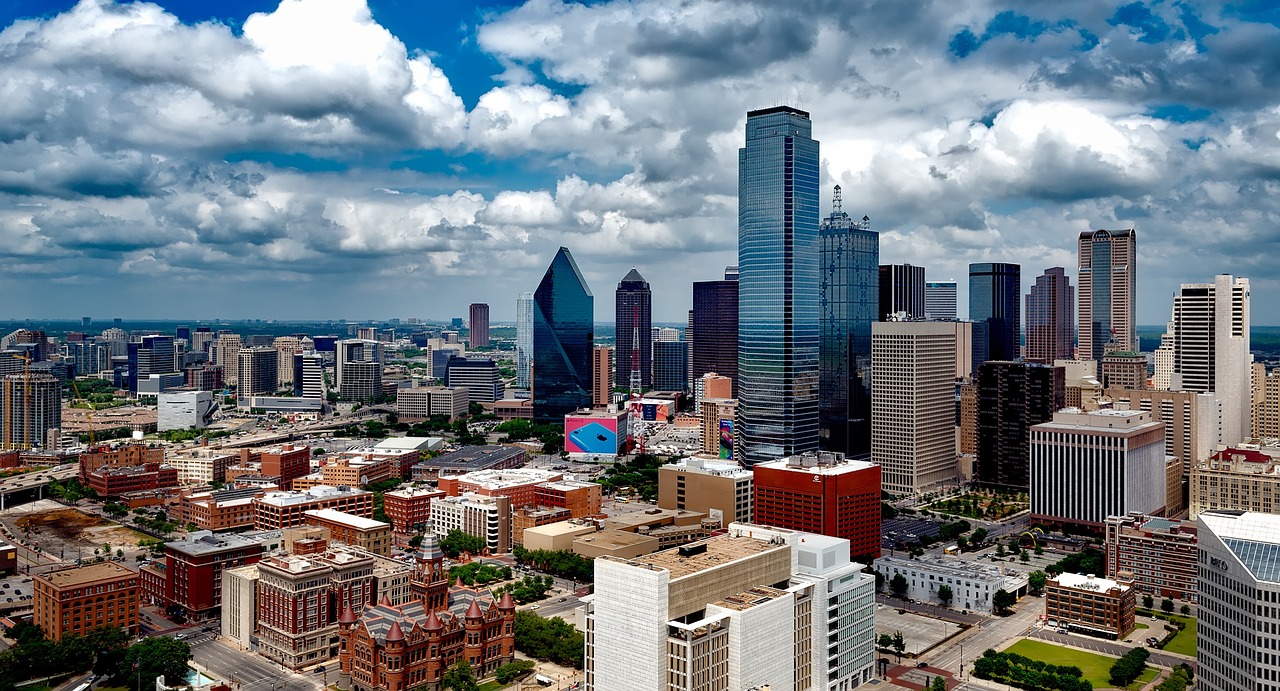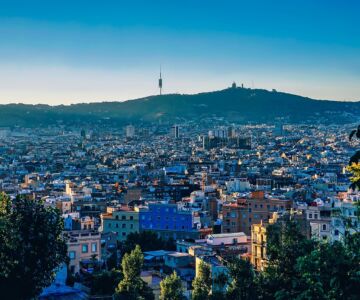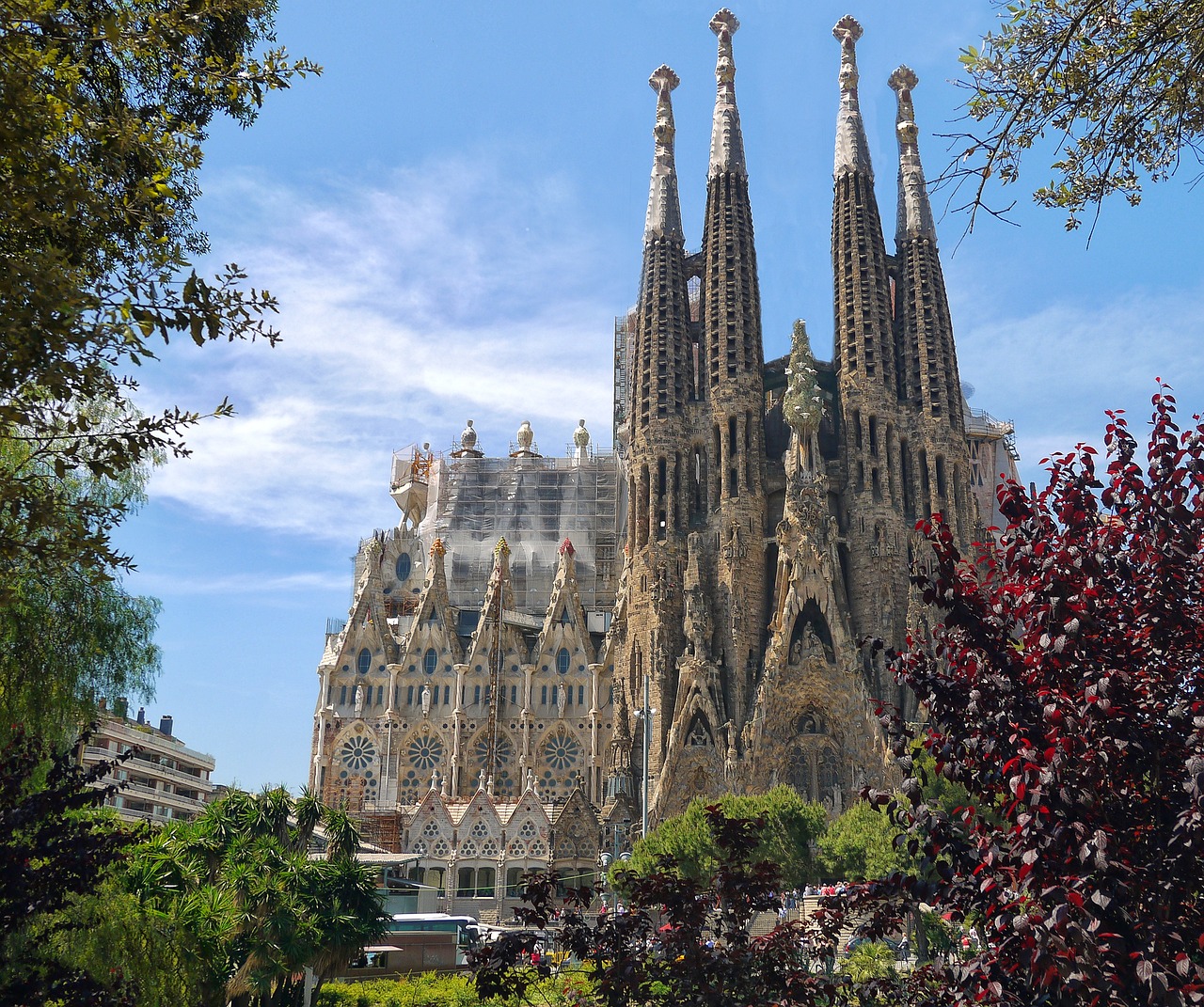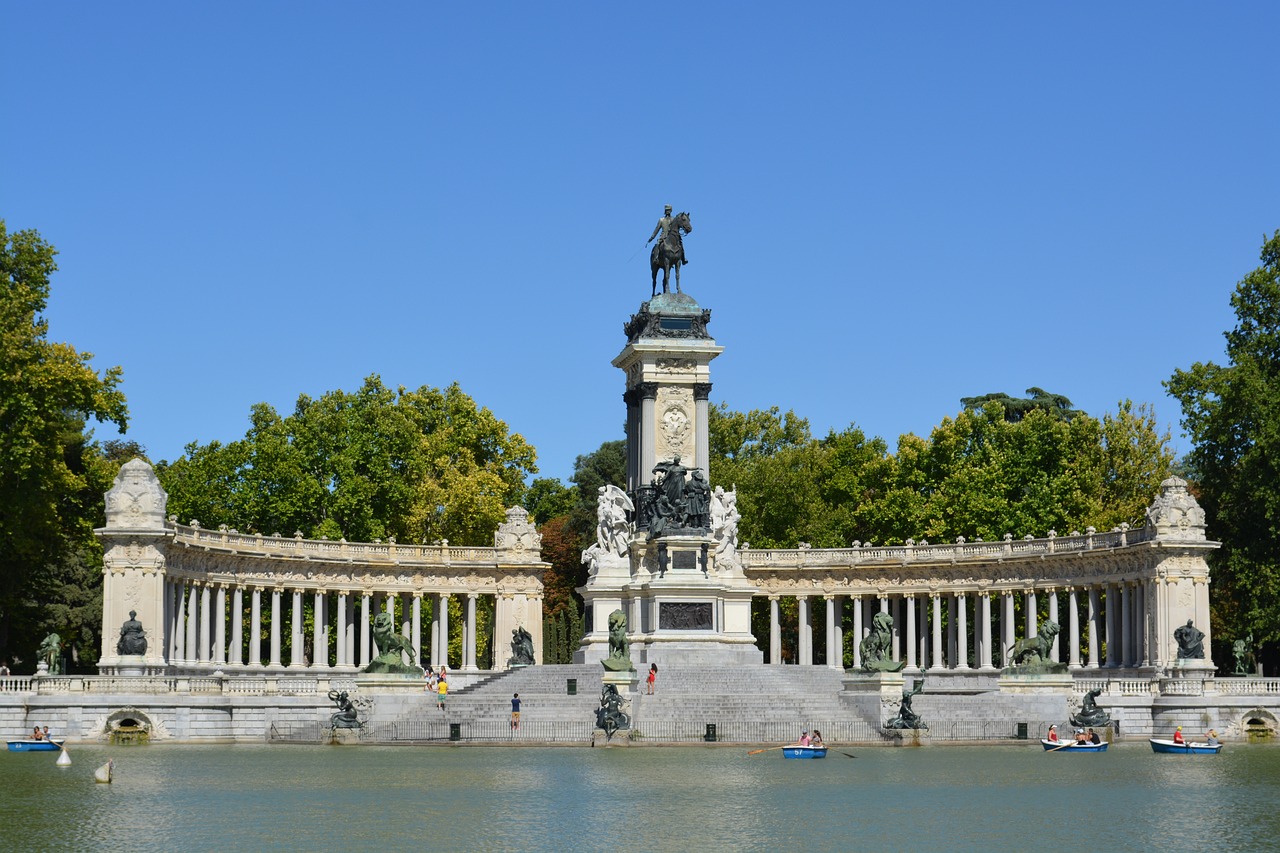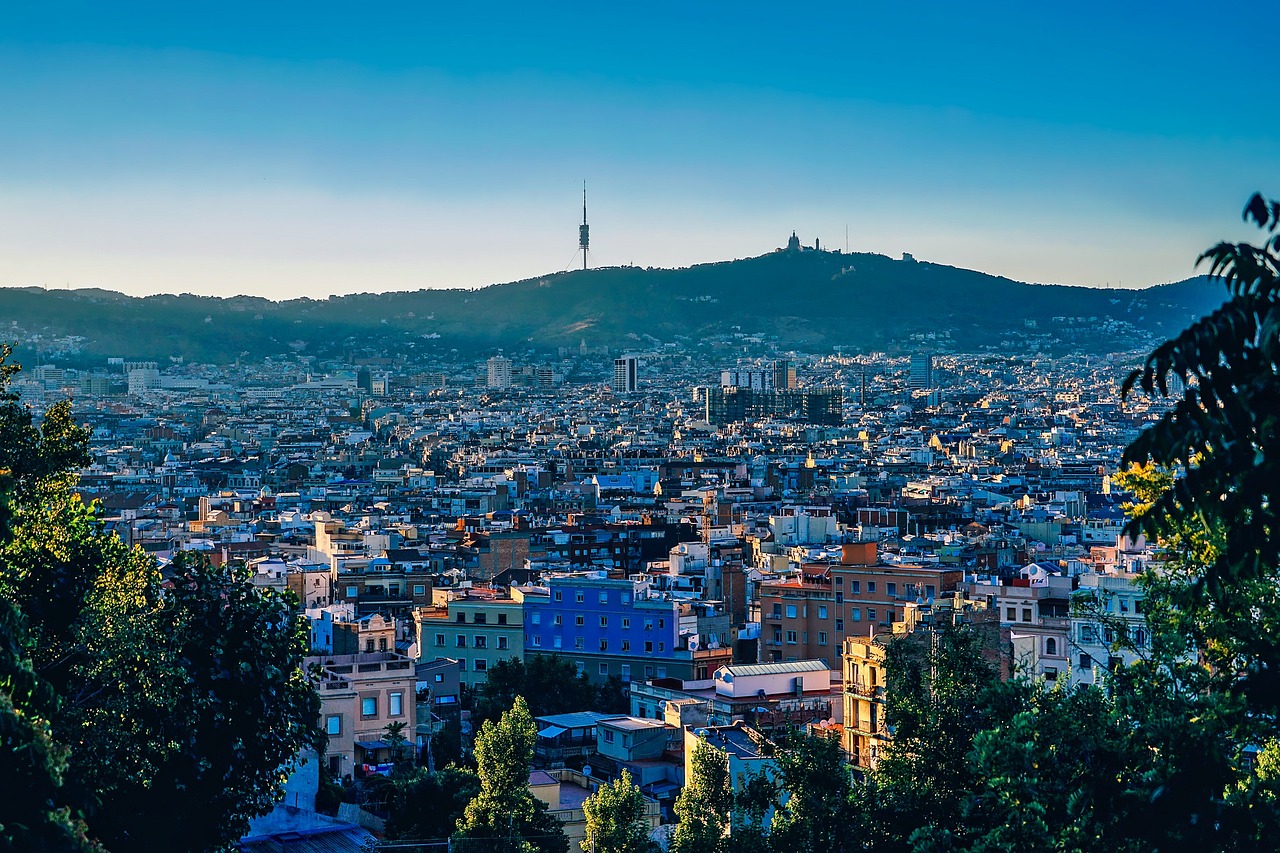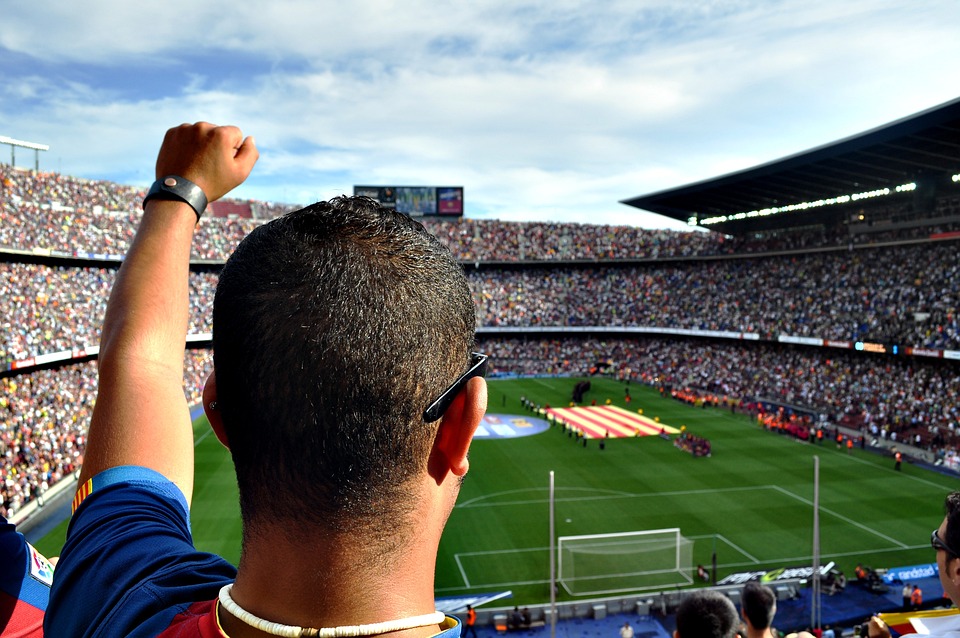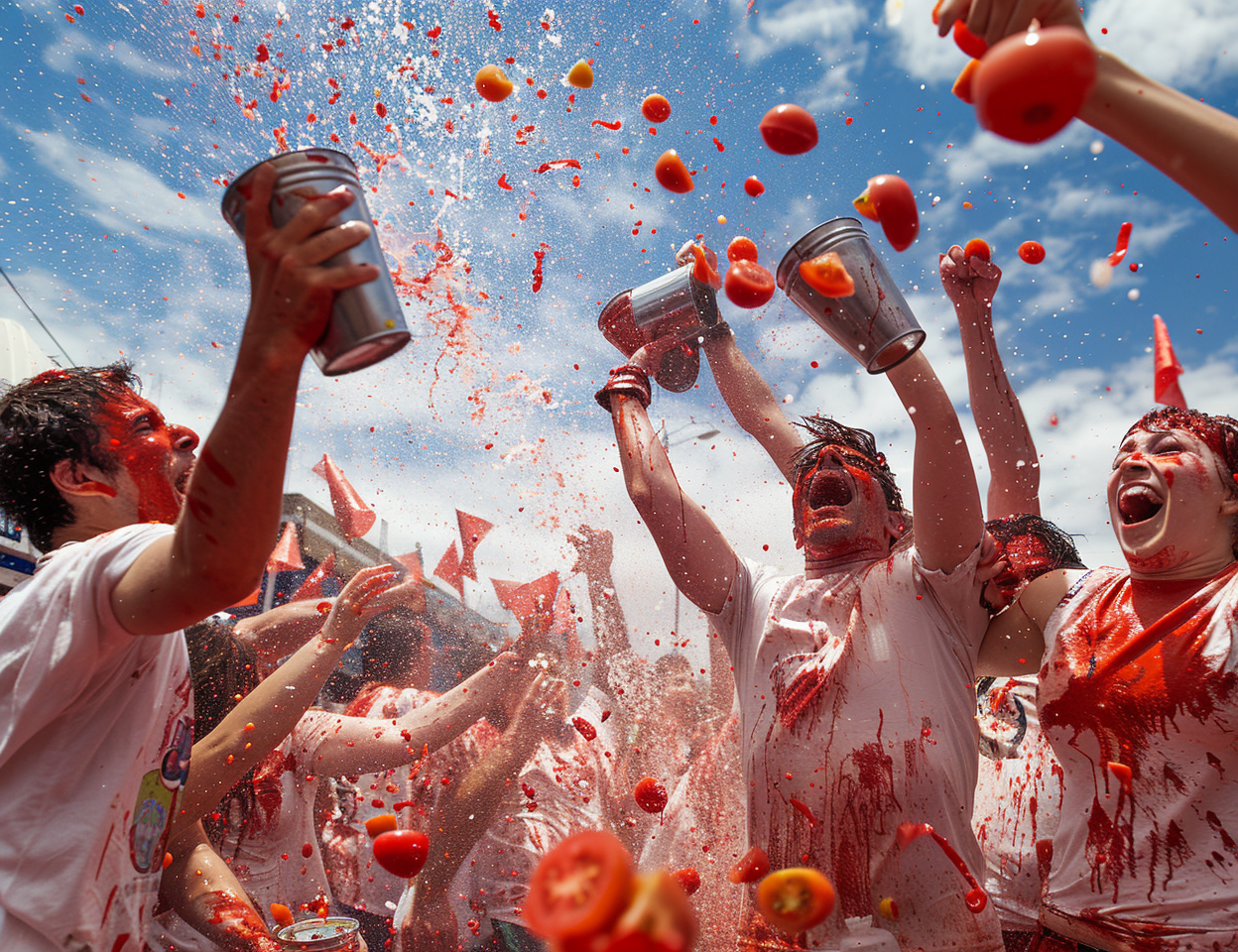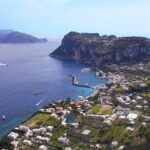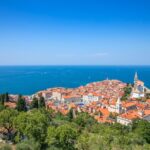The Grand Canyon is a wonder of nature that will leave you in awe. But, to enjoy it fully, you must plan well. Don’t make the mistake of going when it’s too crowded or not ready for the weather. Or, don’t think the hikes are easy.
This guide will show you how to have a great trip to the Grand Canyon. It will help you avoid common mistakes. This way, you’ll have a trip you’ll always remember.
Key Takeaways
- Avoiding Grand Canyon mistakes starts with picking the best time to go. Summer is busy and hot. Think about spring, fall, or winter for a quieter visit.
- Planning your trip means packing the right gear for the weather. And don’t forget to drink plenty of water.
- Remember, hiking in the Grand Canyon is tough. Don’t think it’s easy and always be ready.
- Book your place to stay early because they get full fast. Especially near the South Rim. Phantom Ranch is a great place to stay.
- Make the most of your visit by staying at least one full day and night. This way, you can really see the canyon’s beauty.
Choosing the Wrong Time to Visit
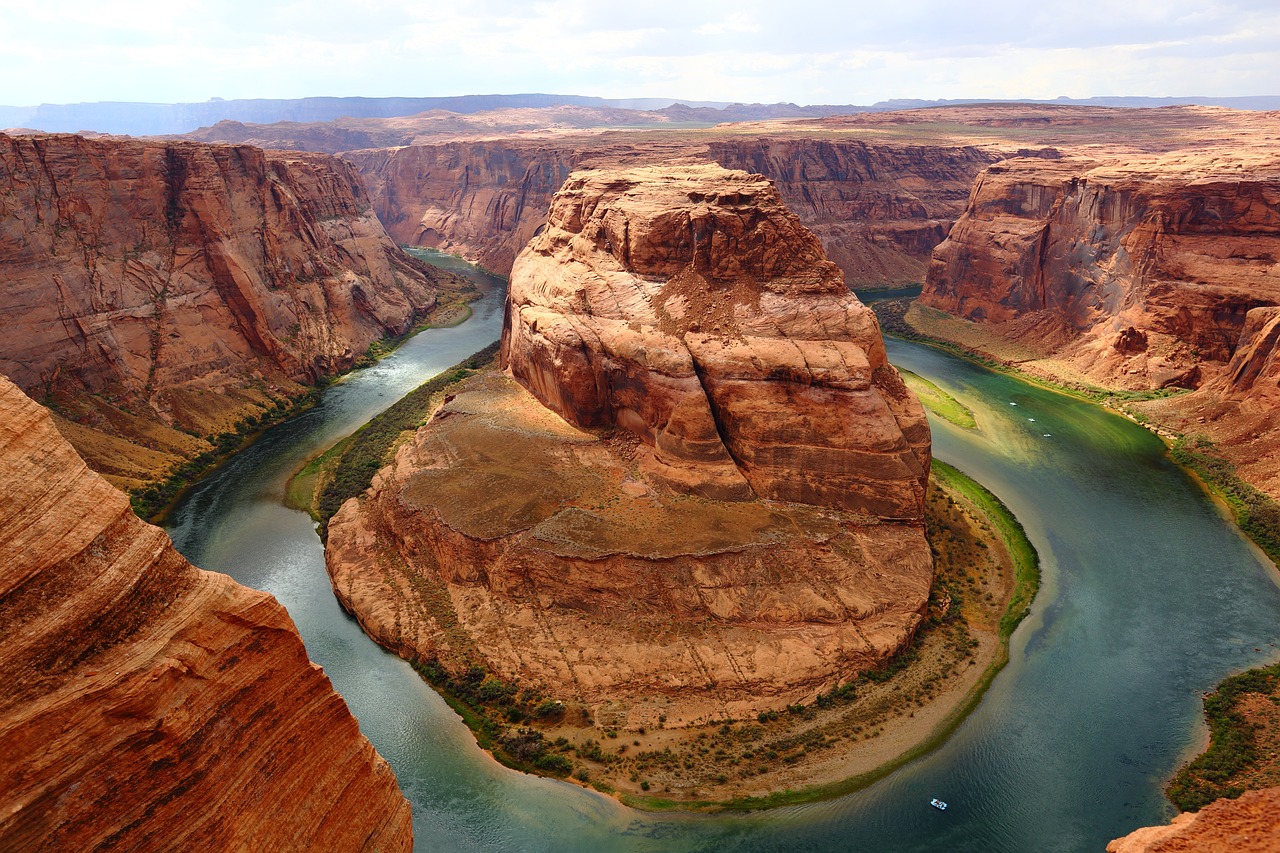
Finding the best time to visit the Grand Canyon makes your trip better. Every year, six million people visit this amazing place. Planning ahead helps avoid the crowds of peak seasons.
Visiting in the Summer
Summer at the Grand Canyon is very crowded and hot. Temperatures go from the low 40s to the mid-80s. July and August are the hottest and wettest months, making them hard for a peaceful visit.
The South Rim is open all year but gets very crowded in summer. This means long lines and crowded spots, keeping many travelers away.
Benefits of Visiting in Spring or Fall
Spring is great for weather, from April to June. The West Rim is perfect then, with mild weather and exciting whitewater rafting. Fall brings cooler weather and fewer people to the South Rim.
The fall colors make it a special time for those who like fewer crowds.
Here’s a look at the seasons at the Grand Canyon:
| Season | Temperature Range | Crowd Density | Special Features |
|---|---|---|---|
| Summer (Jun-Aug) | 40°F – 85°F | High | Larger crowds, hot and wet |
| Spring (Apr-Jun) | Warm | Moderate | Ideal for rafting, mild temperatures |
| Fall (Sep-Nov) | Cool | Low | Fall colors, fewer tourists |
| Winter (Dec-Feb) | Cold | Lowest | Snow-capped vistas |
Winter Wonderland: The Grand Canyon in Snow
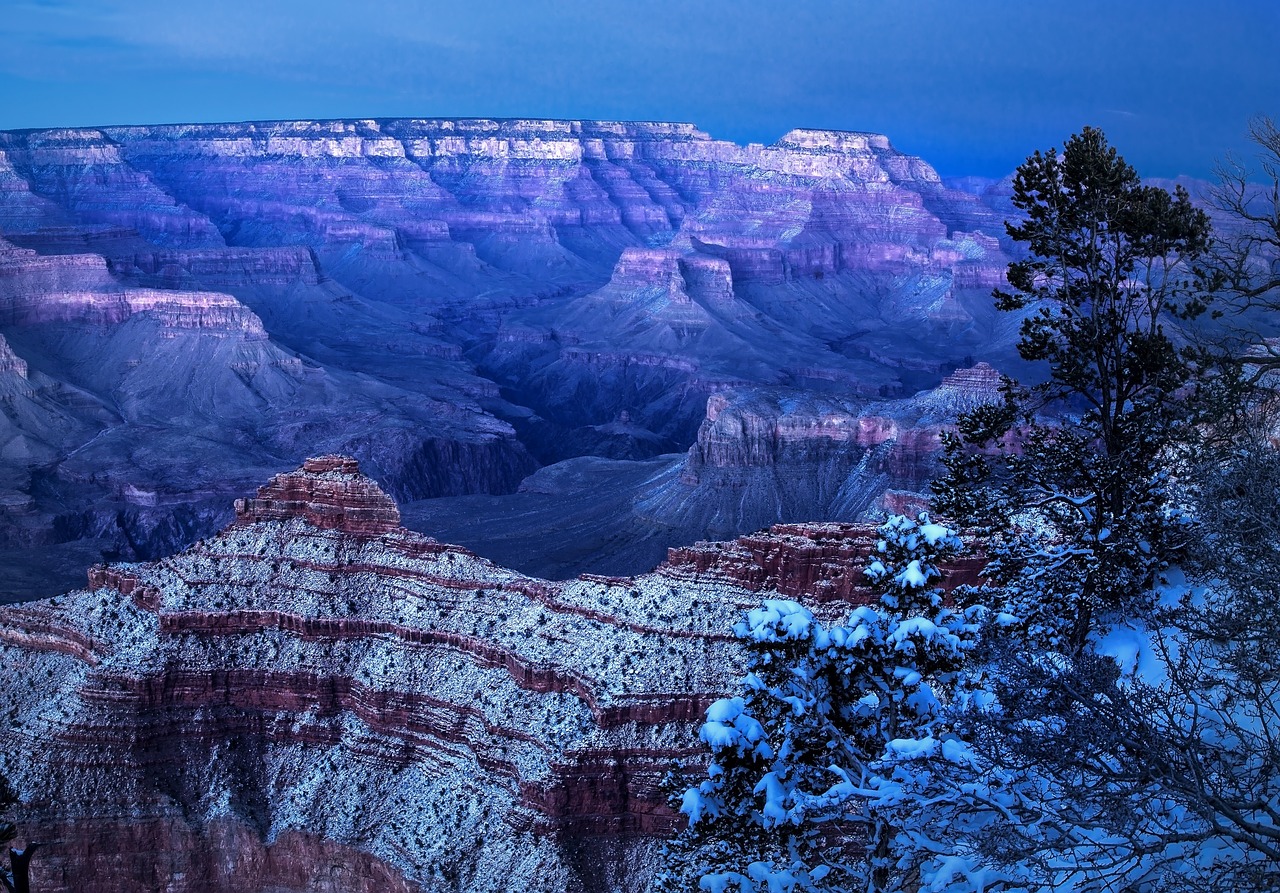
Winter at the Grand Canyon is quiet and beautiful, with snow on the peaks. The North Rim closes, but there’s still camping and skiing. Prices for lodging and activities are lower from November to February.
Coming early in winter helps avoid parking and shuttle problems for a calm visit.
Not Preparing for Drastic Weather Conditions
The Grand Canyon’s weather changes a lot, offering big challenges all year. Being prepared is important for a safe and fun visit. You need the right gear and knowledge for the heat in summer and the cold in winter.
Extreme Heat and Sun Protection
In summer, the Grand Canyon gets very hot, with temperatures up to 106°F in the Inner Canyon. To stay safe, wear light-colored clothes and sunscreen often. A hat and sunglasses help protect you from the sun too. Always check if you’re getting too hot and watch for signs of heat sickness.
Cold Weather Gear for Winter Visits
Winter at the Grand Canyon is very cold, with temperatures down to 36°F in the Inner Canyon. If you plan to hike in winter, wear layers to stay warm. You’ll need thermal clothes, jackets, gloves, and special shoes for icy paths. This gear will keep you safe and warm.
The Importance of Hydration and Water Stations
Staying hydrated is key when you’re at the Grand Canyon, no matter the season. Water is hard to find, especially on trails like the South Kaibab. The National Park Service suggests drinking small amounts of water often and eating salty snacks to keep your electrolytes up. Always use water from official stations to stay safe.
Being prepared with the right knowledge and gear makes your visit safe and fun. Always check the weather and follow tips on staying hydrated and dressed right.
Underestimating the Hiking Difficulty
Grand Canyon hiking is amazing, but don’t think it’s easy. Trails like the Bright Angel and South Kaibab are tempting. But, they are hard. You need to be ready for a safe and fun trip.
The Allure of the Bright Angel and South Kaibab Trails

The Bright Angel Trail is a favorite at the Grand Canyon. It has spots like the 1.5 Mile Resthouse and Indian Garden. But, don’t think it’s easy just because there’s water along the way.
The South Kaibab Trail has its own spots like Ooh Aah Point. Each place offers beautiful views and challenges. You must respect the trail’s difficulty.
Start your hike early, before 8:00 am in summer, because it gets hotter as you go down. Only 5% of visitors go all the way down. So, be realistic about what you can do.
Realistic Expectations for Day Hikes
When planning a day hike in the Grand Canyon, set achievable goals. Going all the way to the canyon floor is a big task. It’s 17.8 miles round trip with a lot of up and down.
Going down takes about 3½-4 hours. Coming back up takes around 5 hours. The Park Service warns against trying to do the whole hike in one day. It’s too hard.
Key Essentials for Safe Hiking
To stay safe in the Grand Canyon, you need the right gear and to be prepared. Make sure you have trekking poles, strong boots, and a day pack with lots of water. Bring a liter of water for every hour you hike to avoid dehydration.
Know how hard hiking in the Grand Canyon is. Keep an eye on your water and protect yourself from the sun. This will help you stay safe on the trails.
Grand Canyon Tips for First-Time Visitors
Going to the Grand Canyon for the first time is exciting and a bit overwhelming. You might be amazed by the huge landscape or busy with planning. To make your visit smooth, follow a few key steps.
Taking Advantage of Shuttle Services
Getting around the Grand Canyon’s 278 miles is easy with shuttle services Grand Canyon offers. These free shuttles include the Village Route and others, making it simple to get to different parts of the park. The Hiker’s Express Shuttle is great for hiking the South Kaibab Trailhead, getting you there fast and easy.
Exploring Multiple Viewpoints
Don’t miss the breathtaking viewpoints around the park. Spend time at spots like Yavapai Point and Mather Point on the South Rim. The North Rim is cooler and quieter, open from mid-May to mid-October. It’s 1,000 feet higher and less crowded.
The West Rim is a hit with over a million visitors a year. It’s perfect for those who love the outdoors.
The Value of Visitor Centers and Historic Lodges
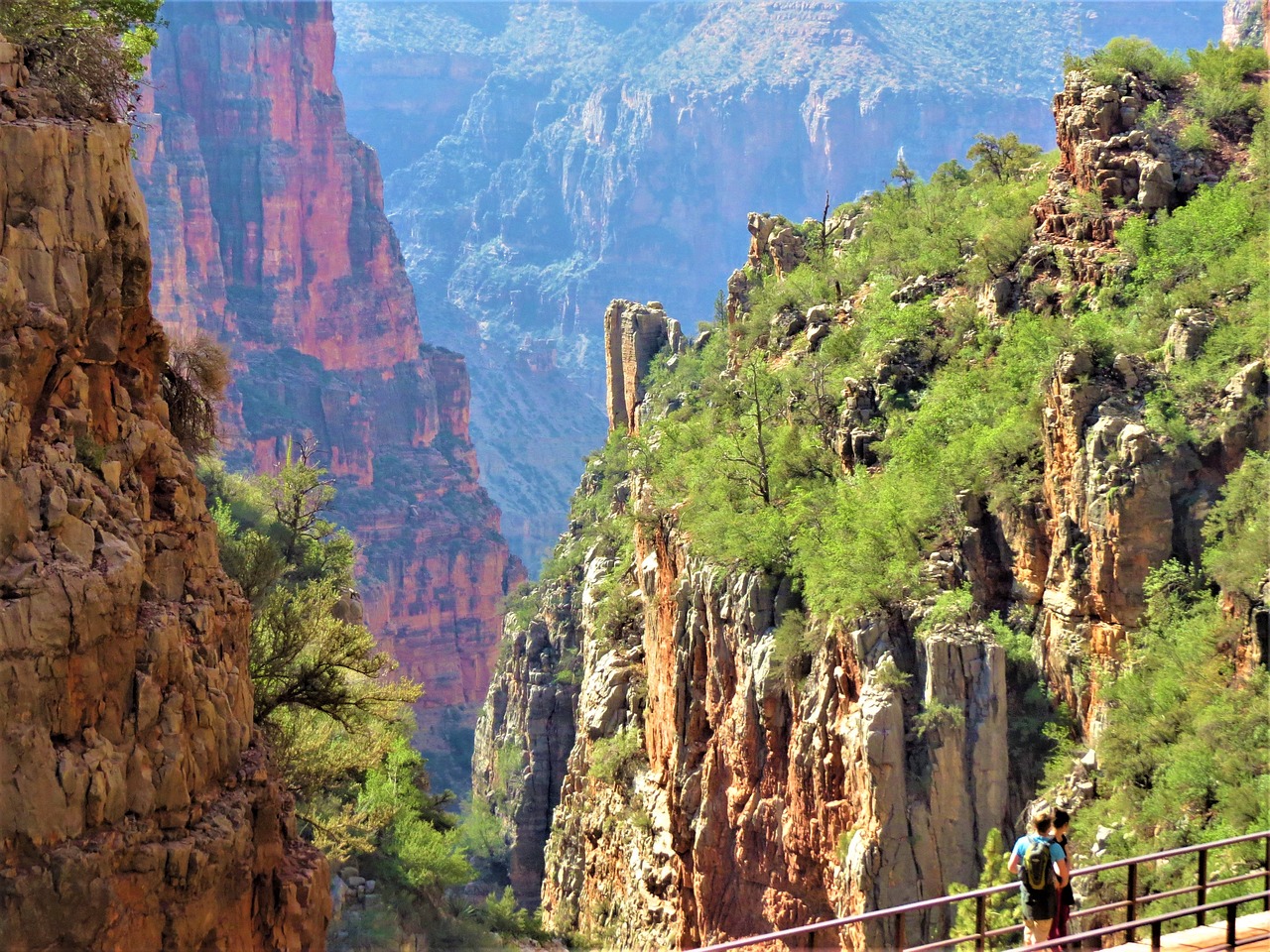
Visit Grand Canyon visitor centers like the South Rim’s for info and help with planning. They have educational displays and can teach you about the canyon’s history and wildlife. Staying at historic lodges Grand Canyon, like El Tovar, connects you to the park’s history. These places offer comfort and great views, keeping the Grand Canyon’s early tourism spirit alive.
Keep these Grand Canyon first-time tips in mind to make your visit better. They’ll help you make memories that will last a lifetime at this famous American spot.
Skipping the North Rim
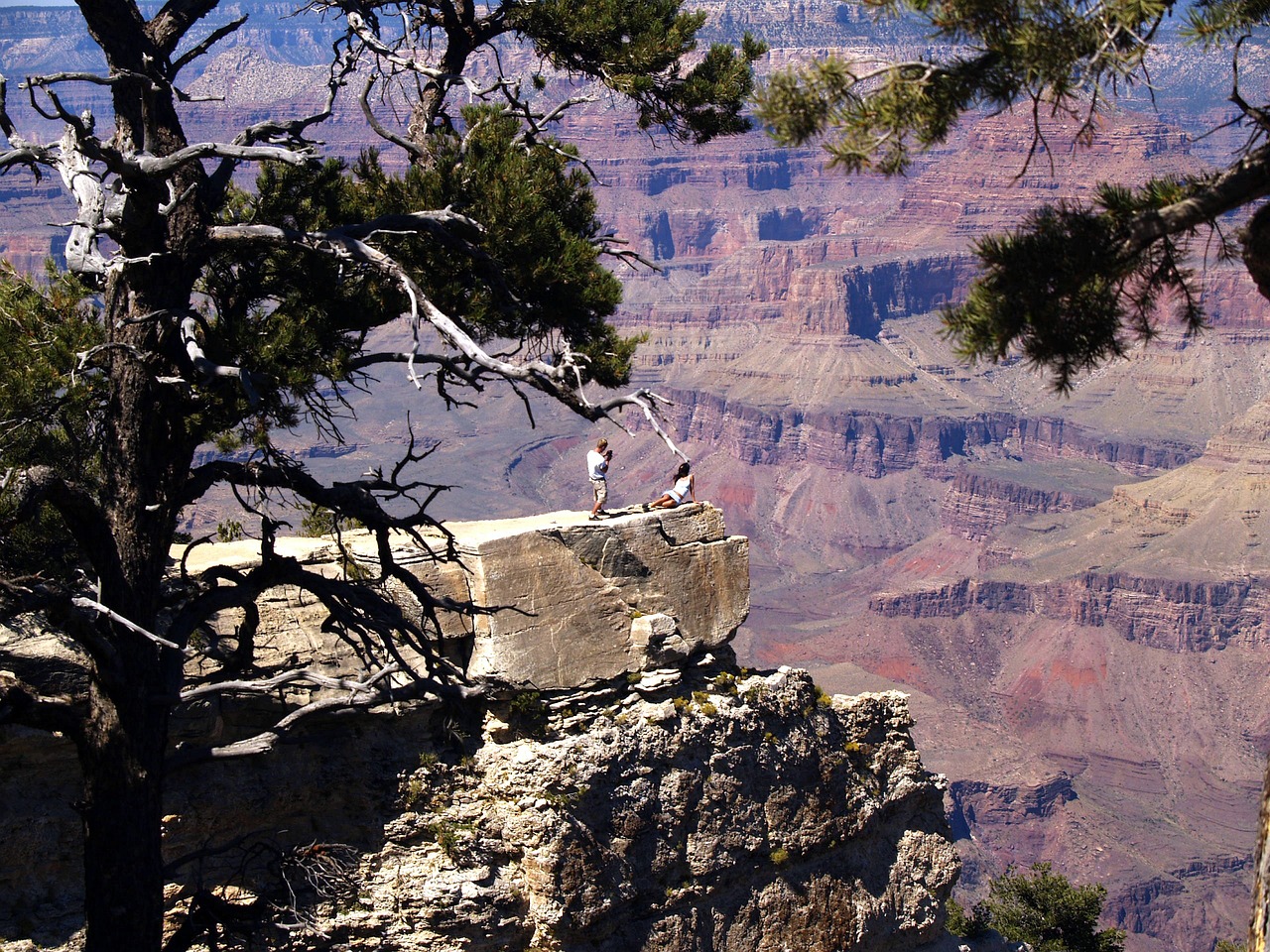
Many travelers skip the Grand Canyon North Rim. But, it’s a peaceful spot in the park. It’s about 1,300 feet higher than the South Rim. This makes it cooler, perfect for hot summer days.
The North Rim opens from mid-May to mid-October. You must plan to visit during this time. It’s a quiet place away from big crowds. Yet, it has some of the park’s most stunning views.
- Point Imperial: The highest viewpoint at 8,803 feet, offering sweeping vistas of the Grand Canyon.
- Cape Royal: Known for its expansive and commanding views at 7,865 feet.
- Toroweap: Another stunning viewpoint with a unique perspective.
The North Rim has trails for everyone, from easy walks to tough hikes. The North Rim Visitor Center has guides, hikes, and exhibits. It makes your visit informative and fun.
For adventure lovers, mule rides are a great choice. They let you see the Grand Canyon in a special way. Since there are few places to stay, book your spot early at a North Rim lodge.
Don’t miss the North Rim for a unique, quiet Grand Canyon experience. It has cooler weather, fewer people, and amazing views. Add it to your Grand Canyon trip for a memorable journey.
| Aspect | South Rim | North Rim |
|---|---|---|
| Elevation | 6,800 feet | 8,297 feet |
| Temperature (Summer) | Higher | 5-10 degrees lower |
| Open Season | Year-round | May to October |
| Visitor Density | Heavy Crowds | Less Crowded |
Neglecting to Reserve Accommodation in Advance
Planning a trip to the Grand Canyon means getting your Grand Canyon accommodation early. With over four million visitors each year, spots near the South Rim go fast. Having a place to stay makes your trip better.
Booking Early to Avoid Disappointment
Booking early is key if you want to stay close to the action. The South Rim gets very busy, especially in summer. Early reservations mean you won’t miss out and get to enjoy the best trails and views.
But, don’t count on cancellations to get a spot. With so many visitors, it’s not a reliable plan.
Popular Lodging Options Near the South Rim
Hotels near the South Rim are a great choice. They let you enjoy the park’s beauty and offer comfort. Places like El Tovar, Bright Angel Lodge, and Yavapai Lodge are favorites. They mix history with modern comforts for a perfect stay.
Alternative Stays in Flagstaff or Williams
If you can’t get a spot near the canyon, think about Flagstaff or Williams. Flagstaff is an hour and a half away and has more hotels. Williams offers a fun Route 66 vibe. But, remember, these places mean more travel time, so plan your day well.
| Accommodation Option | Proximity to Grand Canyon | Features |
|---|---|---|
| El Tovar Hotel | Located on the South Rim | Historic charm, luxury rooms |
| Bright Angel Lodge | Located on the South Rim | Rustic cabins, scenic views |
| Yavapai Lodge | Located on the South Rim | Modern amenities, family-friendly |
| Flagstaff Hotels | ~90 minutes from South Rim | Wide range of options, easy access to town amenities |
| Williams Lodging | ~60 minutes from South Rim | Route 66 experience, quaint town |
Conclusion
Planning a trip to Grand Canyon National Park is exciting but also hard. It’s the sixth most visited U.S. national park. So, timing, preparation, and where you stay are very important. This guide helps make sure your visit is fun and safe.
Choosing the best time to go is key. Summer can be very hot, over 100F at the bottom. So, think about going in early spring or fall for better weather. Always be ready for extreme weather, whether it’s heat or cold.
Booking your stay early is also crucial. You need to book 6-13 months ahead because it’s very popular. The North Rim is open from May 15 to October 15. It’s less crowded than the South Rim, making your visit better.
Start your day early and explore the many trails. Booking mule trips and rafting early makes your trip smooth. Follow these tips to avoid problems and have a great Grand Canyon trip.



